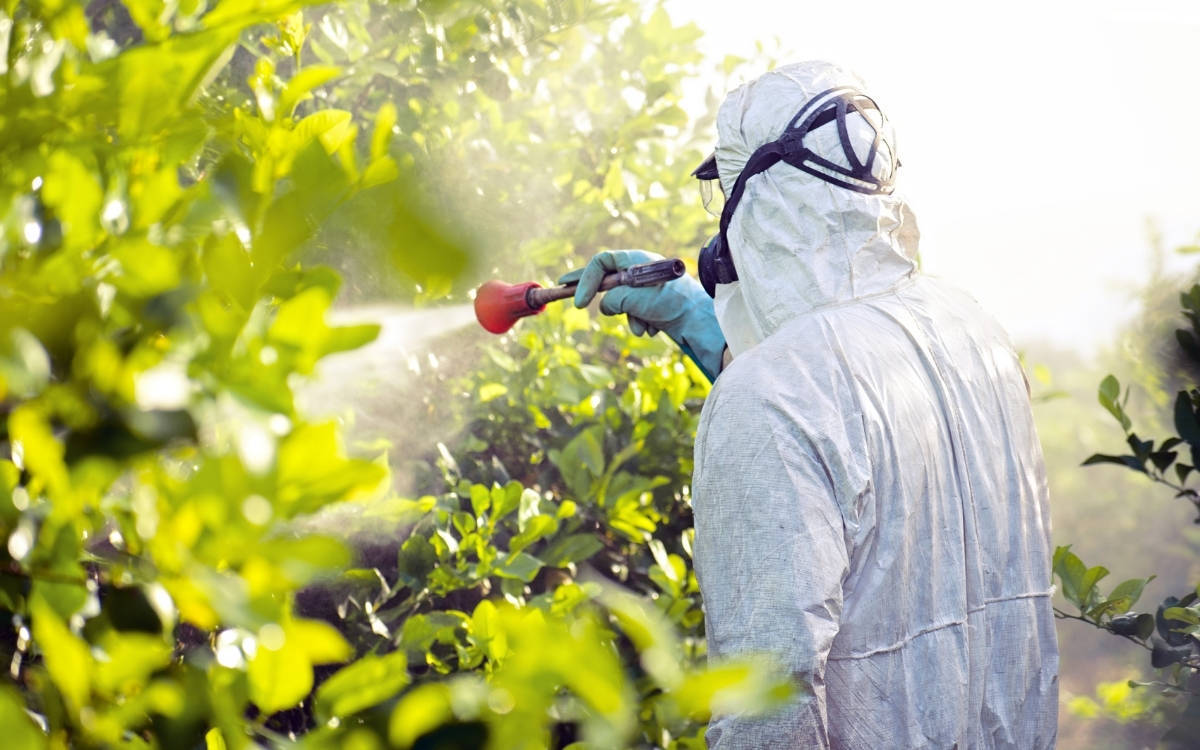The Rapid Alert System for Food and Feed (RASFF), established by the European Union (EU) in 1979 and opened to consumer use in 2014, has identified a hazardous substance, chlorpyrifos, in 27 out of 134 products categorized from Turkey between January 1, 2023, and November 1, 2023. This substance poses a significant risk to the health of children.
Among the examined foods containing chlorpyrifos, 9 were lemons, 6 were peppers, 4 were mandarins, and 2 were tangerines. The levels found exceed the maximum accepted value of 0.01 mg/kg set by the EU.
The issue is addressed in the EU Enlargement Policy - 2022 Information Note on Turkey, stating, "Since the implementation of new standards related to chlorpyrifos and chlorpyrifos-methyl in 2020, the number of Rapid Alert System for Food and Feed (RASFF) notifications regarding pesticide residues in fruits and vegetables imported from Turkey to the EU has remained unacceptably high. The application of specific hygiene rules for animal products, especially raw milk, has once again been postponed."
What is chlorpyrifos?
Chlorpyrifos is an organophosphate pesticide used to eliminate various harmful substances in crops and animals. It is available in the market as chlorpyrifos ethyl and chlorpyrifos methyl, with the former being commonly referred to as chlorpyrifos. When used above the recommended level, it can lead to developmental disorders and neurological effects such as impacting mental development. Pregnant individuals exposed to chlorpyrifos can also affect the development of babies in the womb.
According to the Natural Resources Defense Council (NRDC)'s 1998 report on Unbearable Risks, the focus was on the risks in children's dietary habits, revealing that pesticides used in food could leave children susceptible to cancer and neurobehavioral damage. Additionally, exposure to chlorpyrifos can occur not only through food but also through air and dust. The World Health Organization (WHO) classified chlorpyrifos as 'Class II,' moderately hazardous to humans, in 1999.
According to an NRDC study in 2017, children exposed to chlorpyrifos during their developmental process could experience permanent and irreversible damage to their brains. In addition to learning difficulties, it can lead to respiratory problems, decreased lung function, lower IQ scores, and an increased risk of ADHD.
Impact on animals
Food Engineer Bülent Şık emphasized in his article "Why Doesn't the AKP-MHP Care about Children's Health?" that chlorpyrifos, with its highly toxic effects, poses a significant problem not only for children and infants but also for the lives of other living beings. He pointed out, backed by scientific research, that there is a concerning decline in insect species vital for the continuity of the ecosystem.
Research suggests that up to 40% of insect species could disappear in the next few decades. All these findings jeopardize the sustainability of our planet from an ecosystem perspective.
A 'banned' substance still in use
The use of chlorpyrifos in food was banned in the United Kingdom in 2016 and in EU countries in 2020. On July 23, 2020, the EU Commission updated the maximum residue limit for chlorpyrifos ethyl and chlorpyrifos methyl to 0.01 mg/kg. Although significantly restricted in Canada and the United States since 2001, chlorpyrifos was completely banned in 2021.
In Turkey, the competent authority, the Ministry of Agriculture and Forestry, halted the import and production of chlorpyrifos in a decision published on March 28, 2016. However, RASFF data reveals a different picture. Three years after the ministry's announcement, records show that out of 87 entries in 2019, 18 were related to chlorpyrifos usage. In 2020, out of 146 entries, 11 were associated with chlorpyrifos, and in the first six months of 2022, 11 out of 208 entries were linked to chlorpyrifos use. Even after 7 years, examining the data for the first 10 months of 2023, 27 out of 134 entries are related to chlorpyrifos. How the Ministry of Agriculture and Forestry explains this, especially given the ban, remains unclear.
*This article is published as part of the Climate Journalism in Election Periods Workshop project, conducted with the support of the Oslo Metropolitan University Journalism & Media International Center. The content of the article does not reflect OsloMet's views. (BA/TY/VK)




.JPG)


